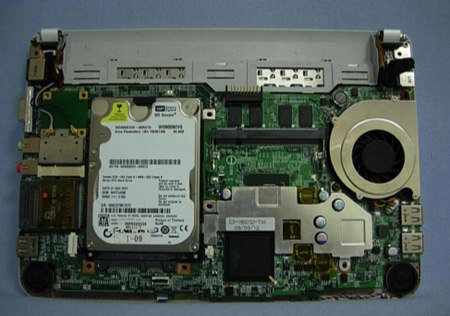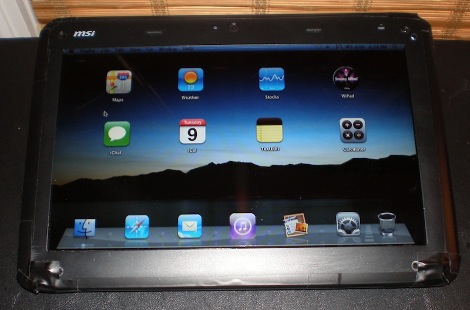
[Matt] wrote in to tell us about this project. He plans on travelling with his MSI Wind and wanted better audio recording capabilities. He decided to install an additional microphone and a preamp. He made a custom preamp and wired it directly to the motherboard. The microphone was then mounted in the laptop screen. The second microphone is placed opposite of the first, about 18cm apart which [Matt] claims gives it a binaural effect. We think that this might just classify as stereo though. Wouldn’t you have to seperate them with a barrier or dampening device for binaural? It doesn’t really matter though, stereo mics are a great addition to the MSI Wind, and he did it very well. He does point out that it picks up a lot of noise though. There’s always room for improvement.
















